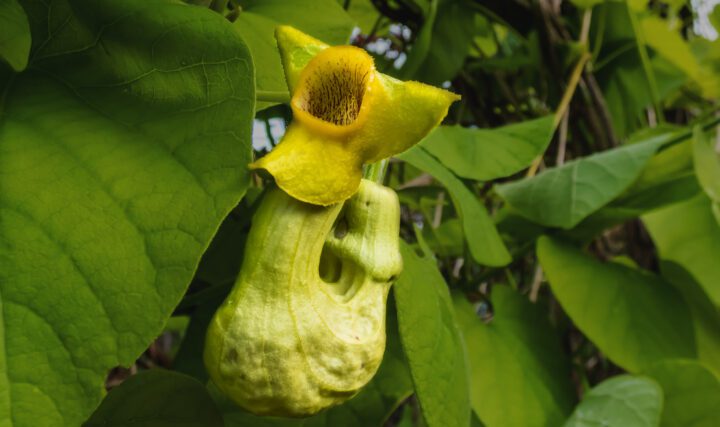Manage Tension
When a living system is under tension, it means there is a force pulling on it, like a person pulling on a rope tied to a horse. When applied to a living system, unless the system is completely rigid, the result is that it gets stretched. If stretching exceeds the strength of the living system’s material, it can damage it. Living systems manage tension using materials that are flexible and stretchable enough to survive most tension that occurs in their environment. The ocean’s intertidal zone offers a good example. The waves and incoming and outgoing tides put tension on soft-bodied organisms. Mussels resist tension with flexible threads that hold them onto rocks; in contrast, large algae have stretchy fronds.
Manage Compression
When a living system is under compression, there is a force pushing on it, like a chair with a person sitting on it. When evenly applied to all sides of a living system, compression results in decreased volume. When applied on two sides, it results in deformation, such as when pushing on two sides of a balloon. This deformation can be temporary or permanent. Because living systems must retain their most efficient form, they must ensure that any deformation is temporary. Managing compression also provides an opportunity to lessen the effects of other forces. Living systems have strategies to help prevent compression or recover from it, while maintaining function. For example, African elephant adults weigh from 4,700 to 6,048 kilograms. Because they must hold all of that weight on their four feet, the tissues of their feet have features that enable compression to absorb and distribute forces.
Prevent Deformation
When a living system undergoes compression, tension, shear, bending, or twisting, its internal inter-molecular forces can often resist these forces and even change shape temporarily, returning to the original shape when the forces stop. However, if the force is too strong or lasts too long, permanent deformation or structural failure can occur, resulting in death. Therefore, living systems have strategies to resist deformation or help ensure limited deformation. For example, bones have thin crystals and proteinaceous fibers that provide strength and flexibility, protecting them from forces that would otherwise cause deformation on a daily basis.






